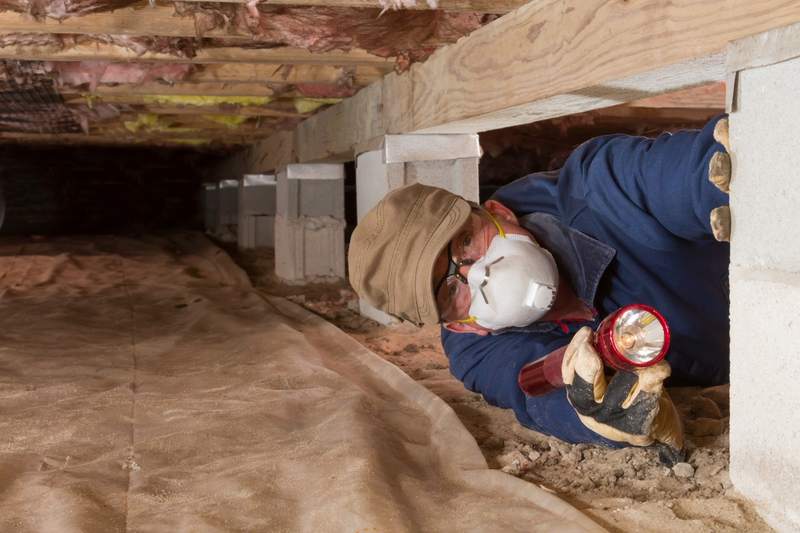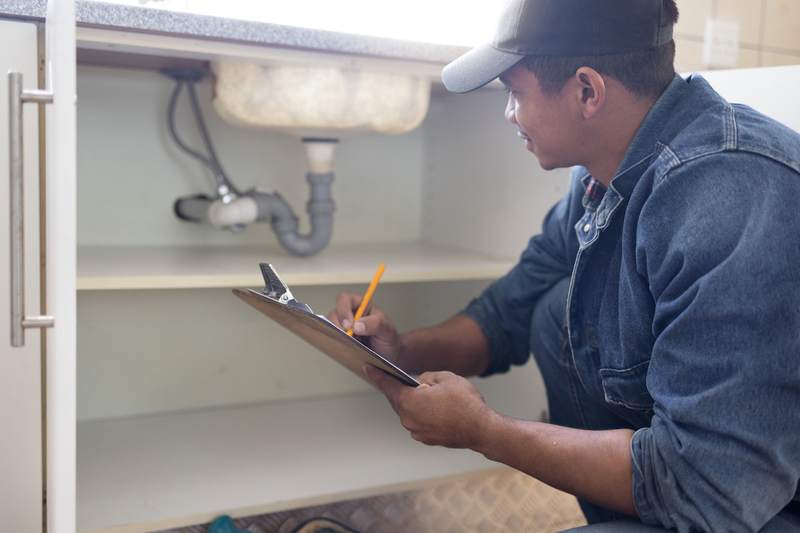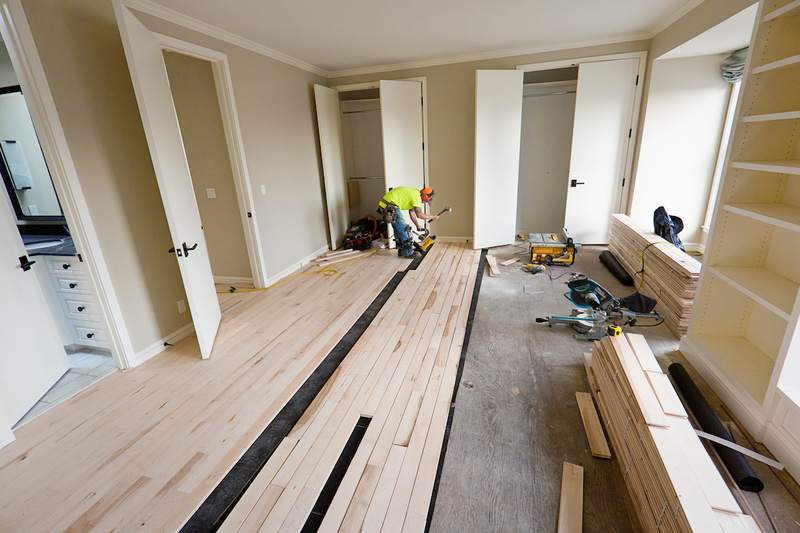
Buying a home seems complicated and intimidating at first, but don’t let that stop you from finding and making an offer on a house. Here’s a step-by-step guide on how to put an offer on a house.
1. Review Your Finances
The first step in figuring out how to make an offer on a house is deciding how much you can afford for a down payment and monthly mortgage payment. Most conventional loans require a down payment of at least 5%, though some government-backed loans allow for down payments as low as zero.
A larger down payment usually gets you a lower interest rate. You’re borrowing less money overall, which reduces your monthly mortgage payment and gives you more equity in the home. And putting down at least 20% lets you avoid paying for private mortgage insurance.
Other costs to consider are homeowners insurance, property taxes, utilities, maintenance, and homeowners association fees.
2. Get Mortgage Preapproval
Preapproval shows agents and sellers how much a lender expects you can borrow. While it’s not a guarantee you’ll secure a home loan, a preapproval lets the seller know you’re serious about buying a home and likely can get financing.
Preapprovals usually are good for 30 to 60 days, so wait to get one until you’re ready to buy.
3. Team Up With an Agent
Getting a real estate agent or Realtor puts a knowledgeable ally in your corner. Your agent can find listings, spot red flags, and provide insights into the local market. When you find a home you like, they can help you with negotiating the deal and putting an offer on a house, and guide you through closing.
4. Find a Home To Buy
This is the fun part. Start looking for homes that meet your needs and fit your budget. Prioritize the features that are most important to you, such as:
- Location.
- Size.
- Number of bedrooms and bathrooms.
- Amenities.
- House condition.
- Affordability.
Take your time and trust your instincts, but also thoroughly research, compare, and contrast the homes you’re interested in.
5. Decide On How Much You’re Offering
This can be tricky, so ask your agent to help you make a fair and competitive offer. If demand is high and houses have been selling quickly, then you’ll want to be more aggressive. If a home has been on the market for a while, a lower offer may work. Remember, the goal is to find an affordable home that fits your needs.
6. Name Your Contingencies
Contingencies are conditions that you and the seller agree must be met for the sale to go through. If contingencies aren’t met, the buyer can back out of buying a house without penalty.
Common contingencies let you walk away from a sale if:
- Your lender doesn’t approve you for a mortgage.
- The appraisal comes in lower than expected.
- The inspection reveals problems with the home.
- A title search finds an ownership dispute or liens on the property.
- The seller fails to close by the agreed deadline.
- You are unable to sell your current home within a certain period.
7. Submit Your Offer
Your agent will help you put together a formal offer and submit it to the seller. Your offer should include:
- Your offer price.
- Any terms and contingencies.
- Your requested timeline.
- The amount of your earnest money deposit.
- Which closing costs you’re asking the seller to pay.
The seller must provide a disclosure that details the home’s condition and history. This may influence your offer, especially if it reveals flaws or the need for expensive upgrades or repairs. But here are some ways buyers can be flexible to make a competitive offer:
- Be accommodating with the closing timeline.
- Remove contingencies you don’t need.
- Offer cash, if possible.
- Cover some of the repair costs.
8. Negotiate a Deal
The seller can accept your offer, reject it, or make a counteroffer. If they have multiple offers, the seller may ask you to raise your price. You can use comparable sales nearby to give you some leverage when negotiating. You also may end up negotiating details such as closing costs, repairs, contingencies, and the timeline.
9. Make It Official
When both parties agree on a price and terms, it’s time to sign a purchase agreement. This is a legally binding contract that spells out all the details of the transaction, as well as the conditions that must be met. Once both parties sign, you’re officially “under contract,” and solidly on the path to owning the home.
FAQ: Making an Offer on a House
Here are answers to some frequently asked questions about making an offer on a home.











